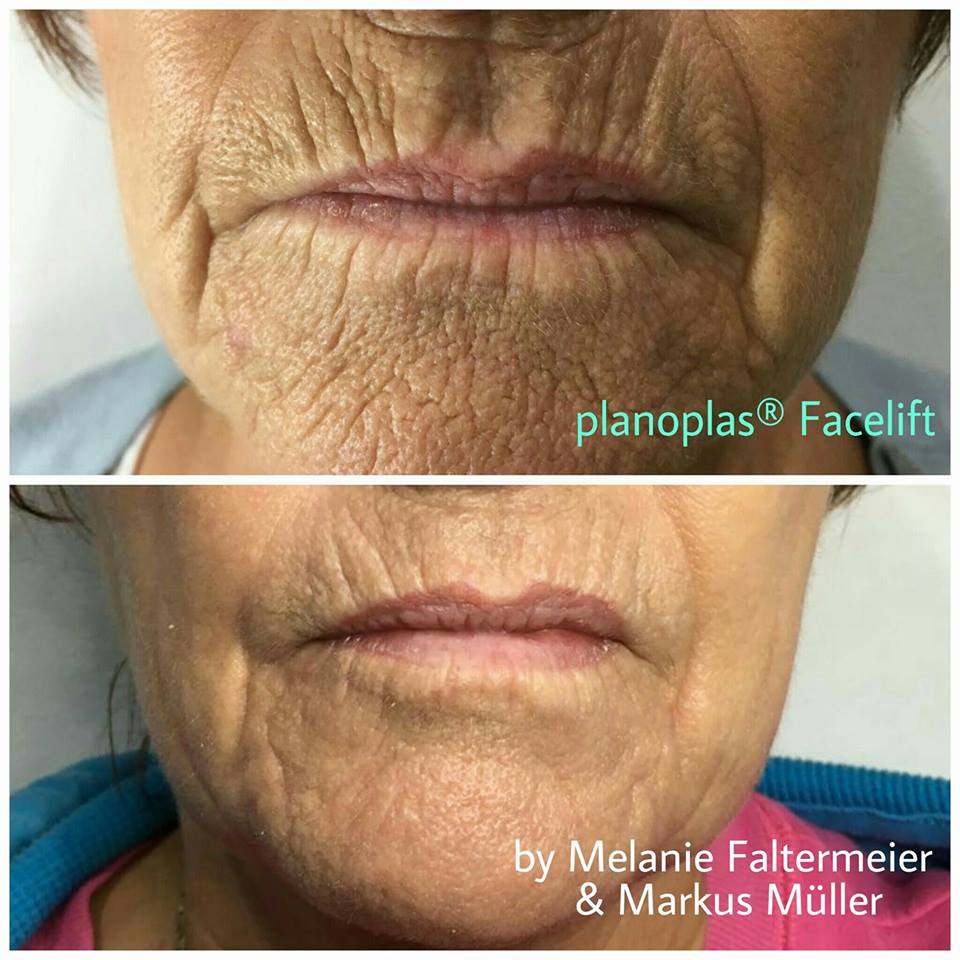PlasmaMD Treatment from U.S. Dermatology Partners
An Innovative, Minimally Invasive Fibroblast Skin Tightening Treatment
Smooth, firm, healthy skin is something we all strive for, but aging, sun exposure, scars, and weight fluctuations can all lead to skin that looks and feels loose and saggy. If you’re unhappy with the appearance of loose skin but you’re not ready to undergo invasive surgical lifts, PlasmaMD treatment from U.S. Dermatology Partners may be a better solution to meet your needs. If you’re interested in learning more about this innovative fibroblast skin tightening technology, don’t hesitate to get in touch with a U.S. Dermatology Partners location near you.
What Is PlasmaMD?
PlasmaMD is a cosmetic dermatology treatment device that utilizes plasma energy to reduce the appearance of imperfections on the surface of the skin as well as tightening and generally rejuvenating skin’s health and appearance. It is the only U.S. Food and Drug Administration (FDA) cleared, minimally-invasive treatment that can safely target all areas of the body, even the very sensitive skin around the eyes, while still producing dramatic, long-lasting changes. After your skin heals following the initial procedure, you’ll see immediate improvement, but one of the most impressive things about PlasmaMD treatment is that it promotes the natural production of collagen and elastin, which leads to long-term improvement in the appearance and firmness of the skin. The skin tightening results of PlasmaMD have been compared to surgical skin rejuvenation treatments like neck lifts and facelifts, but the procedure is significantly more comfortable with less downtime.
Find This Service Near You
Who Is a Good Candidate for PlasmaMD Treatment?

The state-of-the-art PlasmaMD tool can be used on just about any part of the body, including treating:
- The sensitive areas around the eyes (lower and upper eyelids, crow’s feet, etc.)
- Forehead lines
- Nasolabial folds or saggy skin around the nose
- Marionette lines and other lines around the mouth
- Excess or sagging skin on the face, neck, jowls, decolletage, or other parts of the body
- Stretchmarks after pregnancy or weight fluctuation
- Spider veins on any part of the body
While PlasmaMD can be effective in treating patients of all skin types, certain skin types are at higher risk for changes in pigmentation, scarring, and other potential concerns following treatment. Your dermatologist will discuss any potential risk with you prior to the procedure to ensure you choose the best treatment for your unique needs.
PlasmaMD is minimally invasive and safe for most people who are in relatively good health, but the treatment may not be appropriate for the following individuals:
- Pregnant or breastfeeding mothers
- People with metal appliances or plates in the area being treated
- Individuals with pacemakers
- Those who have heart conditions, diabetes, cancer, epilepsy, and other health concerns, especially those that impact the immune system
How Does PlasmaMD Treatment Work?
Before your dermatologist begins the PlasmaMD procedure, they’ll apply a numbing agent to ensure your comfort throughout the process. It can take 20 to 30 minutes for the skin to become fully numb so the dermatologist can provide safe and comfortable treatment. After numbing, the PlasmaMD procedure is relatively painless. Most patients describe the treatment as feeling warm, tingly, or tickling.
The PlasmaMD treatment itself is very similar to other cosmetic dermatology treatment options like laser skin resurfacing, deeper laser treatments, and chemical peels because it uses plasma energy to remove the outer layers of skin. In addition to removing the outer layers of skin, PlasmaMD treatment stimulates the fibroblasts, skin cells that produce collagen and elastin, leading to both short and long-term skin rejuvenation.
During PlasmaMD treatment, the innovative handheld device emits plasma energy that reacts with the nitrogen in the air, creating bursts of energy between the surface of the skin and the PlasmaMD device. The dermatologist will precisely pinpoint areas with sagging, discolored, scarred, or otherwise flawed skin and move the plasma energy tool across the desired area, making microscopic injuries to the surface of the skin. The entire treatment process from the application of the numbing agent through the PlasmaMD procedure usually takes about an hour, depending on the size and location of the treatment area.
After your PlasmaMD procedure, you’ll go through a healing process that takes five to ten days before seeing the desired tighter, smoother appearance. In addition to this immediate improvement in skin firmness, tone, and texture, the PlasmaMD device also jumpstarts collagen and elastin production, so you’ll continue to see improvement in the appearance of skin for the long term, creating a naturally tighter, lifted appearance. In most cases, one treatment is adequate to achieve the desired results, but your dermatologist will schedule a follow-up appointment for a month or more after your initial procedure. During this visit, your dermatologist can schedule additional treatment sessions as necessary.
Are There Side Effects to PlasmaMD Treatment?

How Long Will PlasmaMD Treatment Last?

PlasmaMD Before & After Photos
*Results may vary by individual




